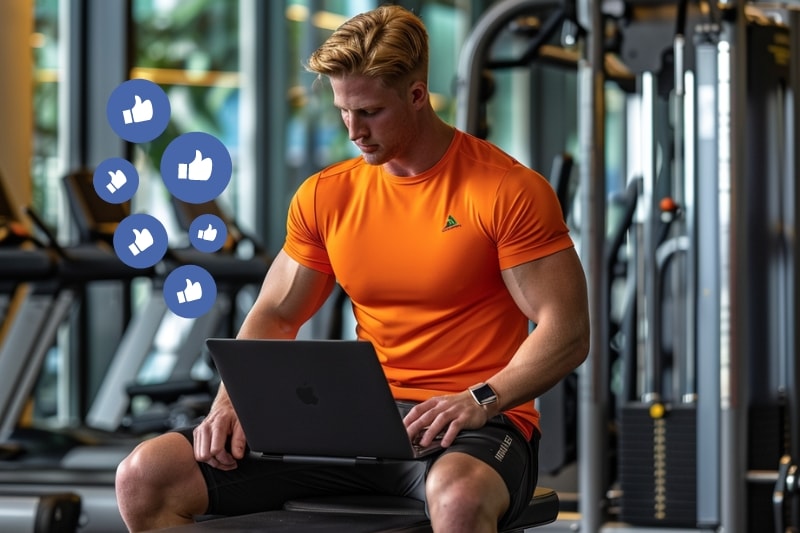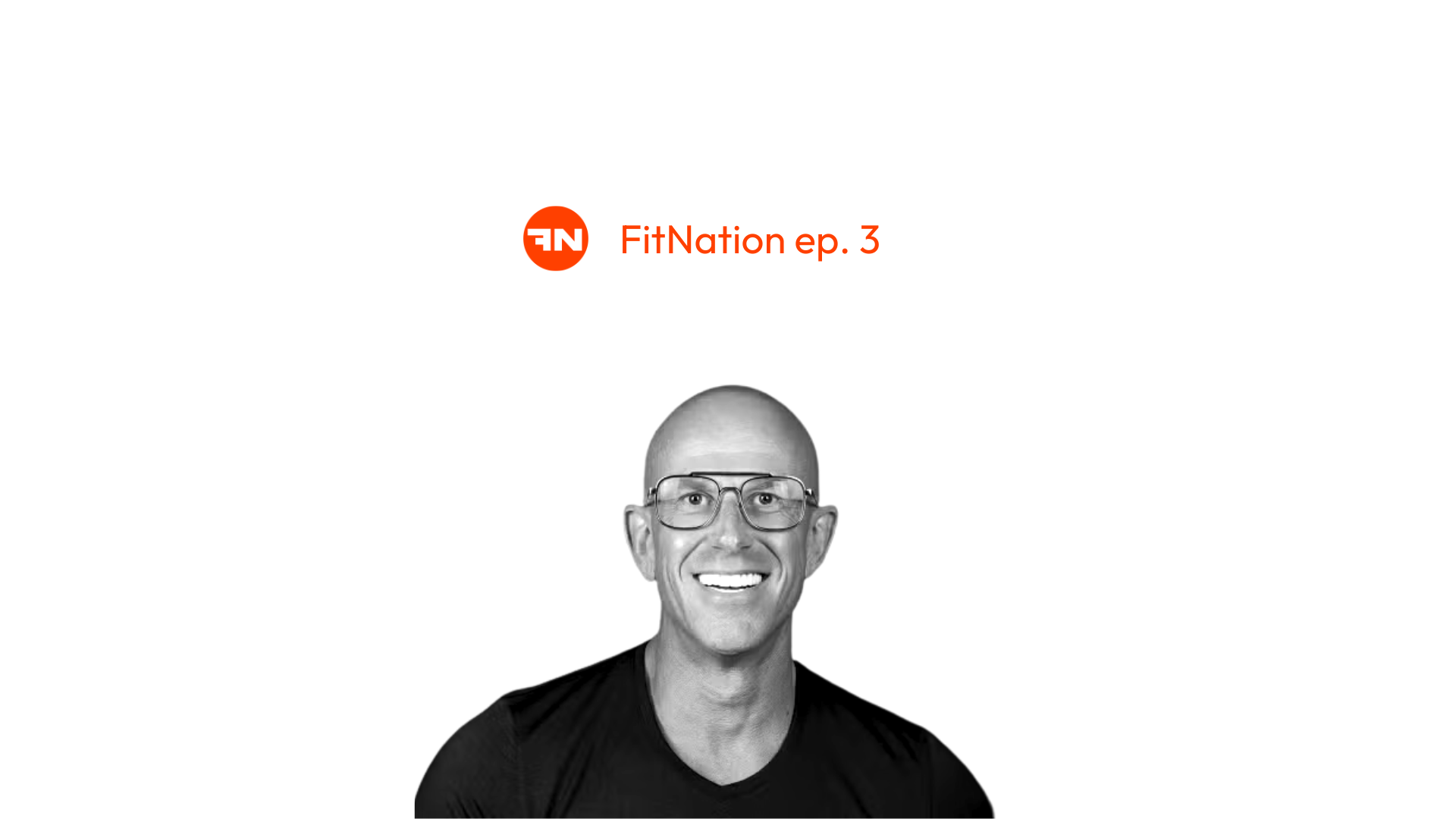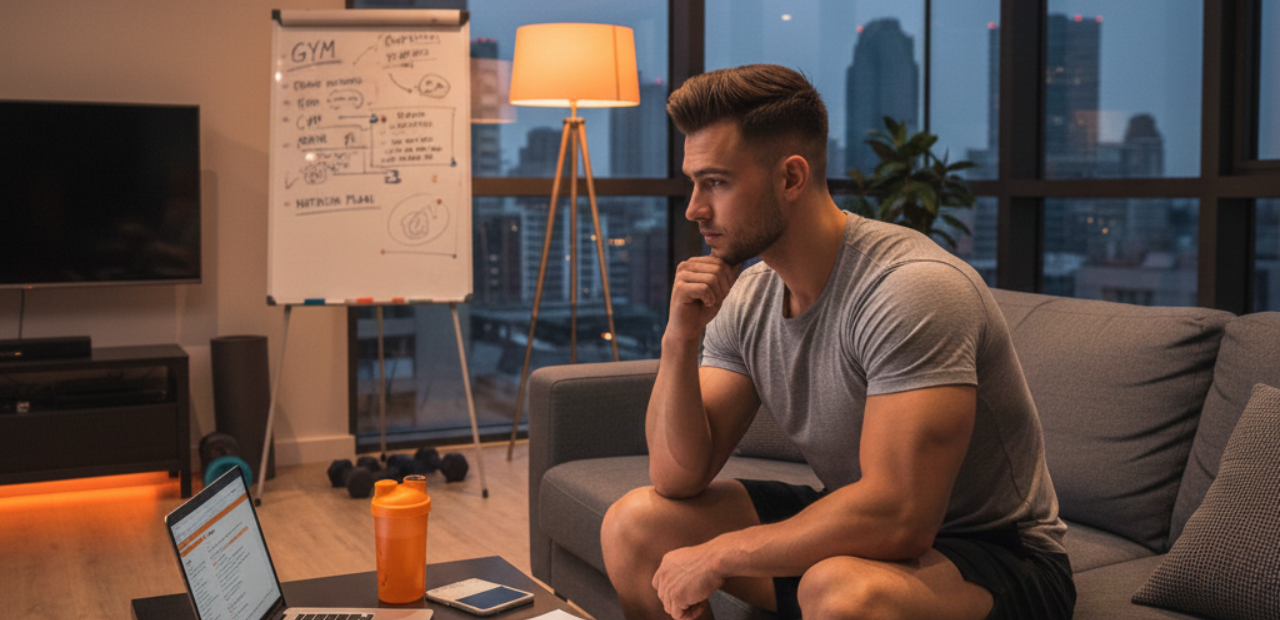As gym owners, your main goals are to raise awareness about your gym and to gain more members.
Usually, you might create flyers, hang banners around town, or even invest in a billboard if it’s within your budget.
However, these methods mainly reach people in your local area.
What if we told you that with the right marketing plan, your reach could be limitless—not just in your town, but also in other cities and states?
This is the power of Facebook marketing.
The traditional marketing strategies I mentioned still work somewhat. But people now expect businesses like yours to be on social media.
If you aren’t actively promoting your gym on social media, you might seem outdated.
This could give your competitors a chance to attract more customers and increase their income.
But since you’ve clicked on this article, you’re clearly interested in learning more.
Don’t worry; by the end of this article, we’ll teach you everything you need to know about Facebook gym marketing.
You’ll be ready to start your gym’s Facebook page in no time.
Why Facebook?
You might wonder if Facebook is still worth your time when there are newer apps like TikTok and Instagram.
The answer is yes, especially for a gym or fitness business.
Here’s why:
Lots of people use it
Facebook has over 3 billion active users worldwide.
This massive user base means there’s a good chance your target audience is on the platform.
For gyms, this translates to a large pool of potential members you can reach.
Targeted ads
The Facebook ad platform is incredibly sophisticated.
You can create engaging ads and target them based on demographics (age, gender, location), interests (fitness, weightlifting, yoga), behaviors (gym-goers, health-conscious consumers), and more.
This precision allows you to reach people most likely to be interested in your gym, making your gym Facebook ads more effective and cost-efficient.
Groups and communities
Facebook Groups are powerful tools for building engagement.
You can create a private group for your gym members where they can share progress, ask questions, and support each other.
This fosters a sense of community and can improve member retention. You can also use the group to share workout tips, nutrition advice, and gym updates.
Detailed tracking
Facebook provides extensive analytics through its Ads Manager and Insights tools.
You can track metrics like reach, engagement, click-through rates, and conversions.
This data helps you know what is working for you and what’s not, based on that you can refine your marketing strategy over time for better results.
Local focus
For most gyms, attracting local members is the primary goal.
Facebook’s location-based targeting allows you to focus your marketing efforts on people in your immediate area.
You can even target specific neighborhoods or set a radius around your gym location.
This feature is particularly useful for promoting events, classes, or special offers to nearby residents.
With that being said, let’s get into how you can start marketing your gym on Facebook.
Set Up Your Gym’s Facebook Page
Your gym’s Facebook page is like your virtual front desk for your fitness businesses.
It’s often the first place potential members will encounter your brand online.
Here’s how to make it shine:
Choose the perfect profile picture
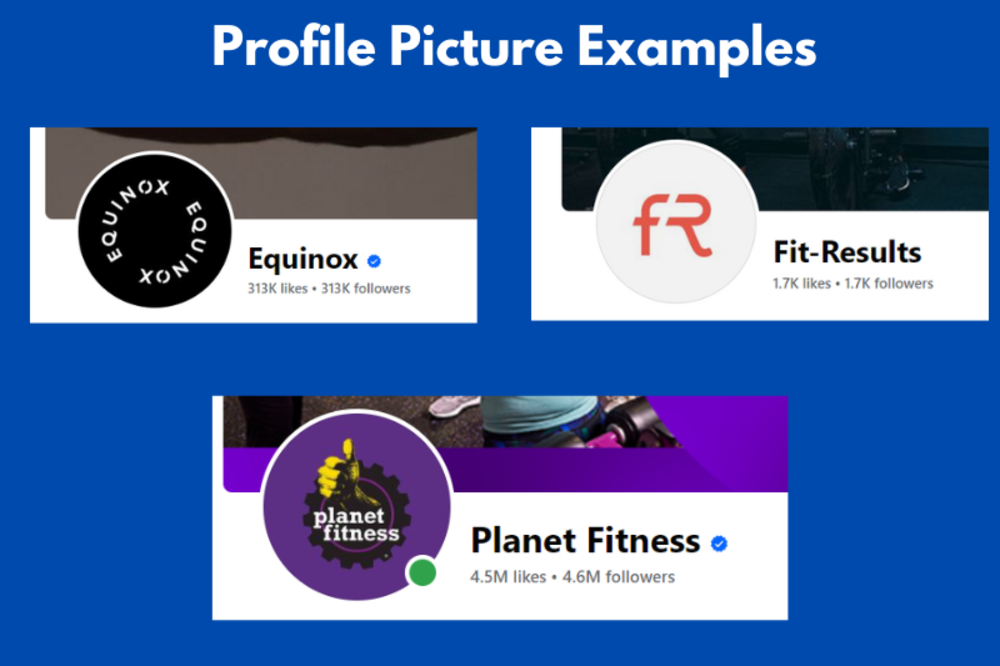
Your profile picture is your gym’s face on Facebook.
Use your gym’s logo or a clear, recognizable icon.
This image appears next to every post and comment you make, so keep it simple and memorable.
Create an inspiring cover photo

Your cover photo is prime real estate. Use it to showcase your gym’s energy.
Consider a high-quality image of:
- Your gym’s interior during a busy class
- Happy members working out
- Your latest fitness challenge or promotion The goal is to make viewers want to be part of your gym community.
Complete your contact information
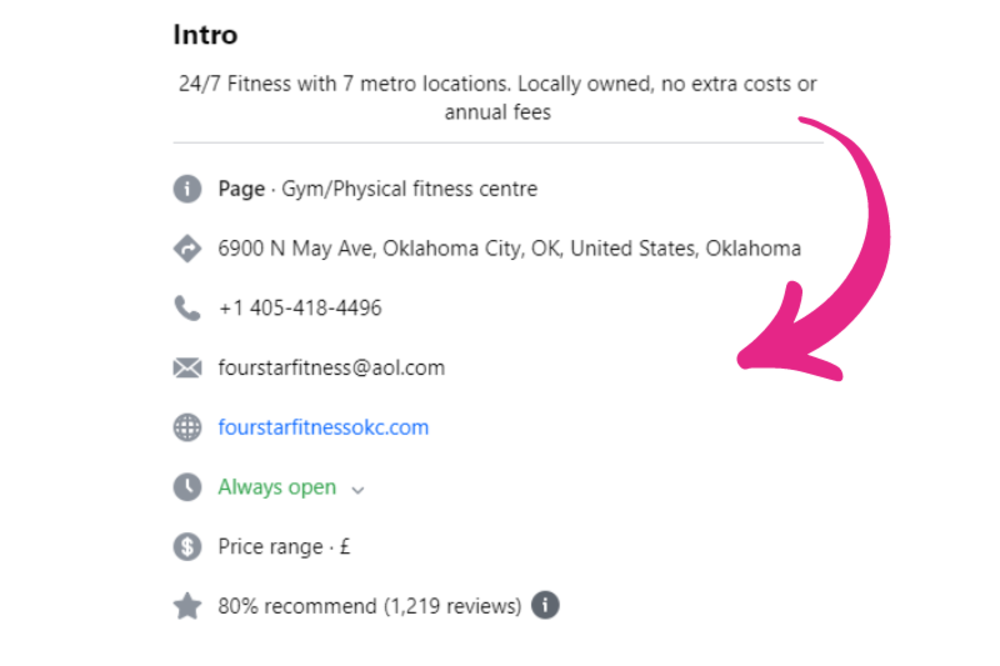
Make it easy for potential members to reach you. Include:
- Your gym’s physical address
- Phone number
- Email address
- Website URL
- Hours of operation
The easier you make it for people to contact you, the more likely they are to do so.
Create a compelling ‘About’ section

This is where you tell your gym’s story. Focus on what makes your gym unique. For example:
- Do you specialize in a particular type of fitness?
- What’s your gym’s atmosphere like?
- Do you offer any unique classes or equipment?
- What’s your gym’s philosophy on fitness and health?
Here’s an example:
“At FitZone, we believe fitness should be fun and accessible to everyone. Our state-of-the-art equipment and expert trainers are here to help you achieve your goals, whether you’re a beginner or a seasoned athlete. Join our supportive community and start your fitness journey today!”
Add a call-to-action button
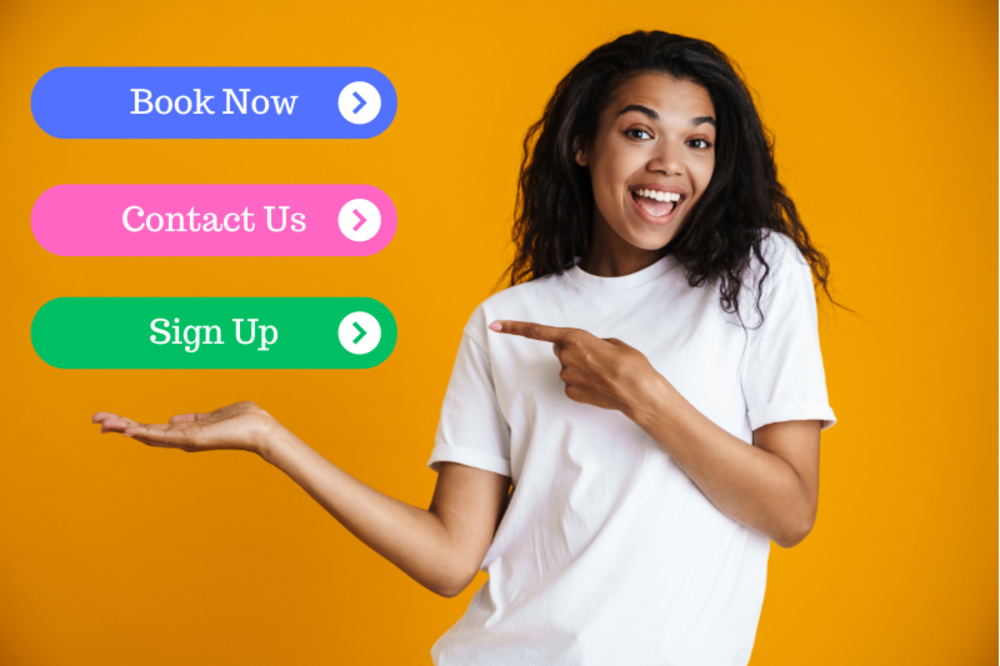
Facebook allows you to add a button at the top of your page.
For a gym, good options include:
- “Book Now” (for class bookings)
- “Contact Us” (for inquiries)
- “Sign Up” (for membership) Choose the one that best aligns with your main goal for new visitors.
Your Facebook page is often a potential member’s first impression of your gym. Make it count by keeping it updated, engaging, and reflective of your gym’s unique personality and offerings.
Choose the Right Content for Your Gym’s Facebook Page
Each type of content serves a different purpose, and using a mix of all of them can keep your audience interested and involved.
Let’s break it down:
Text posts
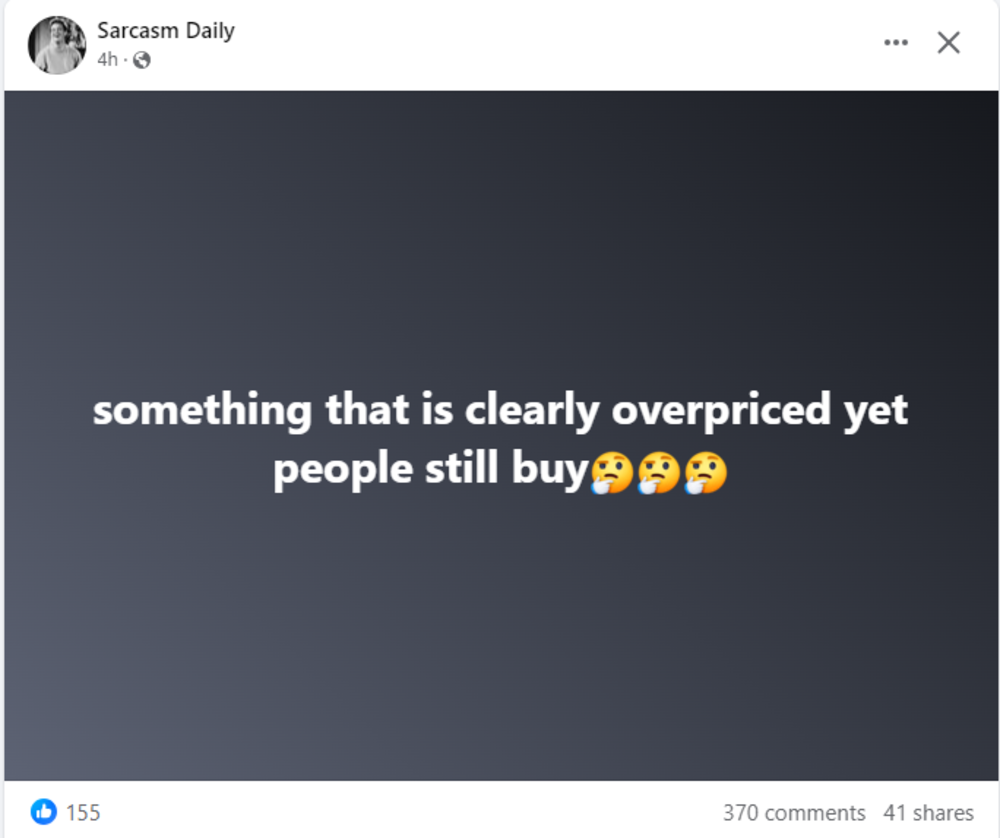
Think of these as your casual gym chat.
Do you know those moments when you catch up with a member between sets? That’s the vibe you want.
Ask things like “What’s your go-to workout song?” or “Squats: love ’em or hate ’em?” It’s simple, but it gets people talking.
Stories

Think of these as your gym’s daily newspaper. Quick, fun, and gone in 24 hours.
Perfect for that “Monday Motivation” quote or a peek at tomorrow’s killer workout.
It’s like giving your members a backstage pass to your gym. Use interactive features like polls or questions to boost engagement.
User-generated content
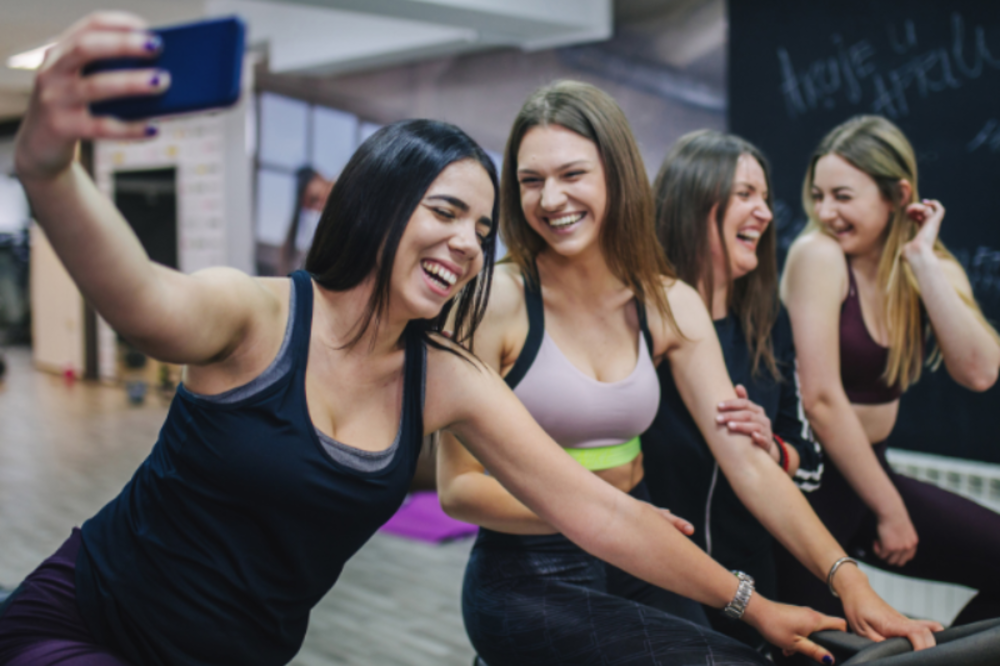
Your members are your best advertisers. Share their success stories, transformation photos, or workout videos (with permission, of course).
It’s authentic, relatable, and shows potential members what they could achieve.
Photo posts
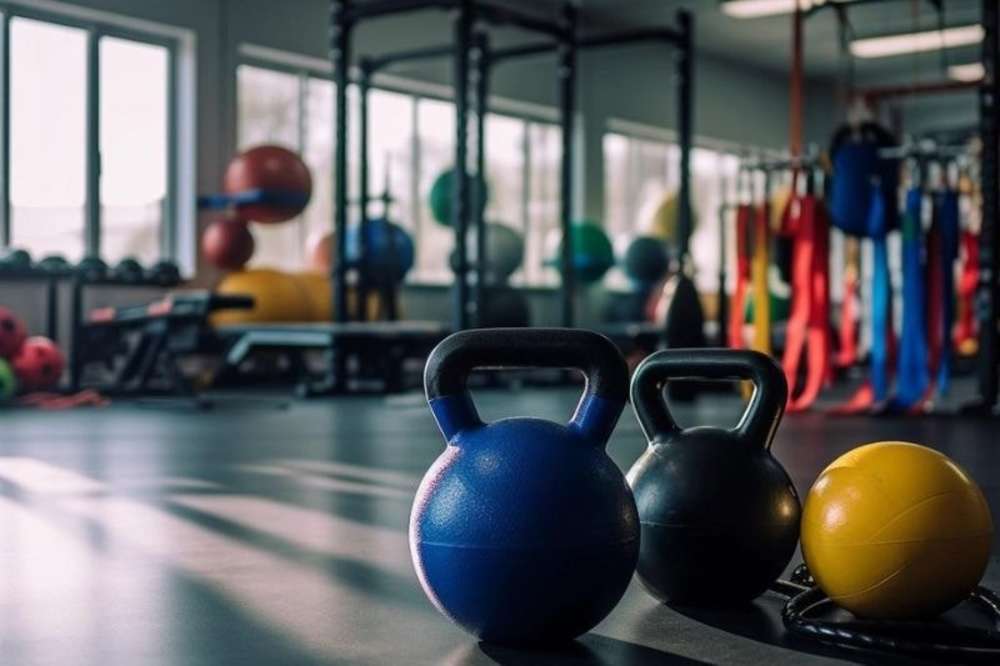
We eat with our eyes first, right? Well, we scroll with them too.
A great gym photo can stop a scroll in its tracks.
Capture that moment when a member hits a new PR, or show off your sparkling clean equipment.
The idea is to give a little sneak peek into your gym’s world.
Video posts
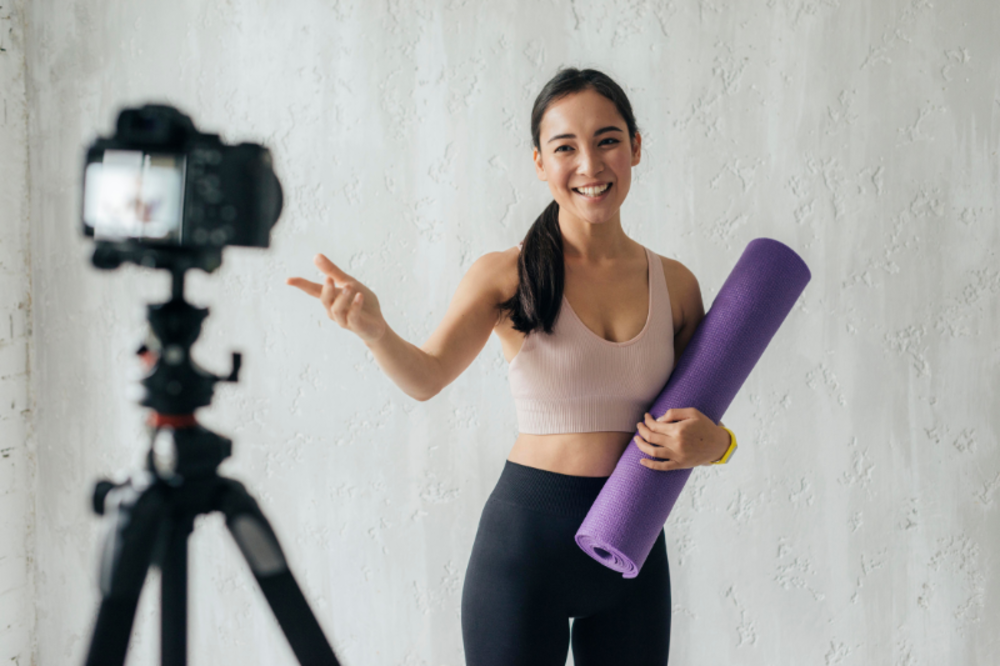
Facebook videos get more than 4 billion video views every day. Yep, you read that right.
That’s why this is where you want to put most of your energy into.
The goal of video posts is to show potential members what your gym is all about.
You can demo a quick workout, introduce your amazing trainers, or show a member’s transformation journey.
And hey, it doesn’t have to be Hollywood quality - authentic and real works great.
Try mixing up long-form content with short, snappy clips to keep your audience engaged.
I recommend checking out this personal trainer’s Facebook page to get an idea of what kind of videos you could be posting.
Link posts

Got a blog post about “5 Foods for Killer Abs”?
Or maybe a new signup page for your 8-week weight loss challenge? Link posts are your best friend.
Link posts make up 49.9% of all posts on Facebook, making them the most common content type.
Plus if you have a blog you can use Facebook to drive traffic with link posts!
Infographics

Sometimes, you need to drop some knowledge.
Infographics are perfect for sharing workout tips, nutrition facts, or explaining complex fitness concepts.
With infographics, you can aim to educate your audience about things they should be aware of in the fitness industry.
The key to growing your Facebook page is variety. Mix up your content types to keep your page fresh and your followers coming back for more.
And always, always engage with your audience - reply to comments, ask questions, and build that community spirit!
Choose the Right Amount to Post Every Day
According to a report shared by Hubspot which analyzed over 13k Facebook followers, posting 1 - 2 times a day is the ideal amount.
However, for Facebook pages with more than 10,000 followers, posting more often can be helpful.
The same report showed that for these larger pages, the number of clicks per post goes up with more frequent posting.
Specifically, pages with over 10,000 followers see the best engagement when posting between 31 and 60 times per month.
Posting more than this doesn’t significantly increase engagement and might even lower the number of clicks per post.
Quality Over Quantity
The key takeaway is clear: don’t overwhelm your audience with content. Instead:
- Focus on creating high-quality, engaging posts
- Be selective about what you publish
- Tailor content to your specific audience
Finding Your Gym’s Ideal Posting Frequency
- Start with 3-5 posts per week
- Gradually increase or decrease based on engagement metrics
- Pay attention to the types of posts that perform best
The goal is to maximize interaction per post, not to flood your followers’ feeds.
A well-timed, relevant post about a new fitness class or a motivational success story can be more effective than multiple generic updates.
Choose the Right Time to Post on Facebook
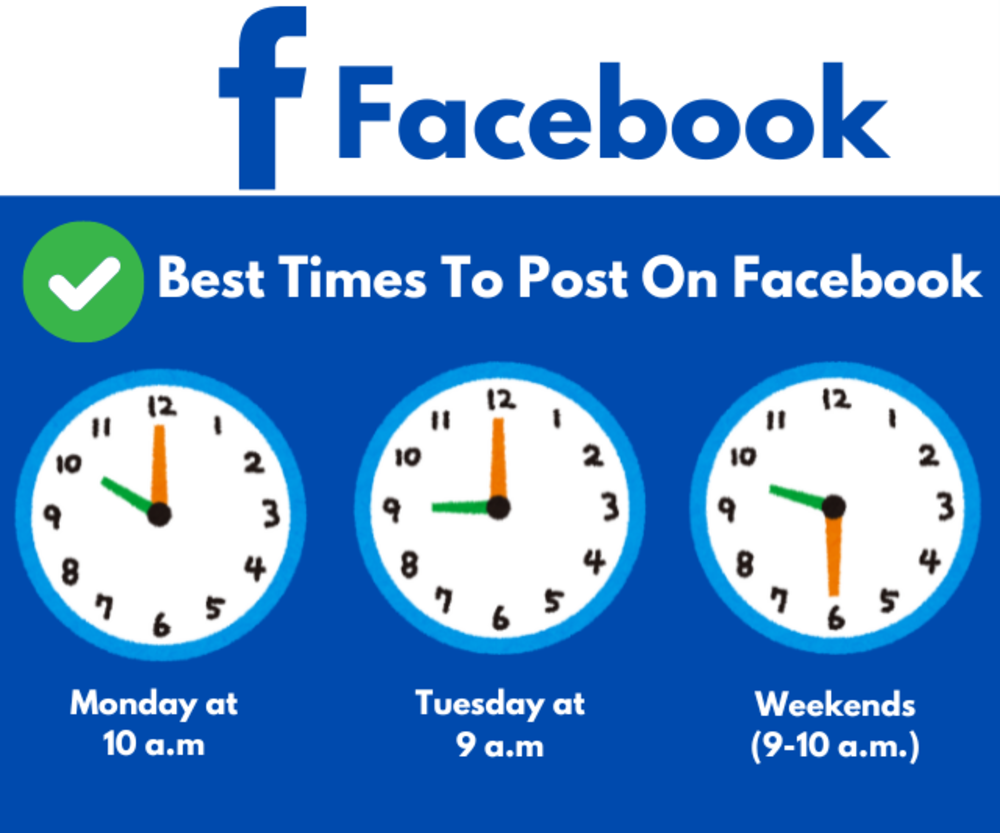
Facebook’s algorithm, much like Instagram’s, rewards accounts that post regularly and interact with their audience.
To keep your gym’s page visible and growing, you need to post consistently.
However, simply posting often isn’t enough; you need to post at the right times to get the best results.
Best Overall Times to Post
Research by Buffer indicates that the best time to post on Facebook is generally at 10 a.m. on Fridays.
This is when engagement tends to peak, capturing the attention of users as they start their day.
Other high engagement times include:
- Monday at 10 a.m.: Users are getting back into their routines after the weekend and are more likely to check updates.
- Tuesday at 9 a.m.: Early morning when users are catching up on social media before starting their workday.
- Weekends (9-10 a.m.): Though engagement is generally lower on weekends, these times still see a good level of activity as people start their days.
Understanding Facebook User Behavior
Facebook’s largest demographic consists of users aged 25-34, closely followed by those aged 35-44.
These users typically check Facebook at the start of their workdays, leading to higher engagement in the mornings. Engagement tends to drop off as the day progresses, especially during working hours.
Additionally, there’s a noticeable increase in engagement on Fridays as users wind down for the weekend, making it a prime time for posting.
Using a Content Calendar
To maintain consistency and hit these optimal times, create a content calendar.
This tool helps you plan and schedule your posts in advance, ensuring you always post at the best times for engagement.
Examples of Fitness Content for Your Facebook Content Calendar
- Monday at 10 a.m.: Share motivational quotes or tips to inspire your followers at the start of the week.
- Example: “Start your week with a workout! What’s your Monday routine?”
- Tuesday at 9 a.m.: Post educational content or interesting fitness facts.
- Example: “Did you know? Regular exercise can boost your mood and energy levels. What benefits have you noticed?”
- Friday at 10 a.m.: Highlight success stories or transformation photos to motivate and engage your audience.
- Example: “Check out [Member’s Name] amazing progress! Ready to start your own journey? Join us this weekend.”
- Weekend mornings (9-10 a.m.): Use interactive content to engage with your audience.
- Example: “Saturday stretch routine! Follow along with our trainer and share your favorite stretches.”
Run Fitness Ads to Grow Your Gym Facebook Page
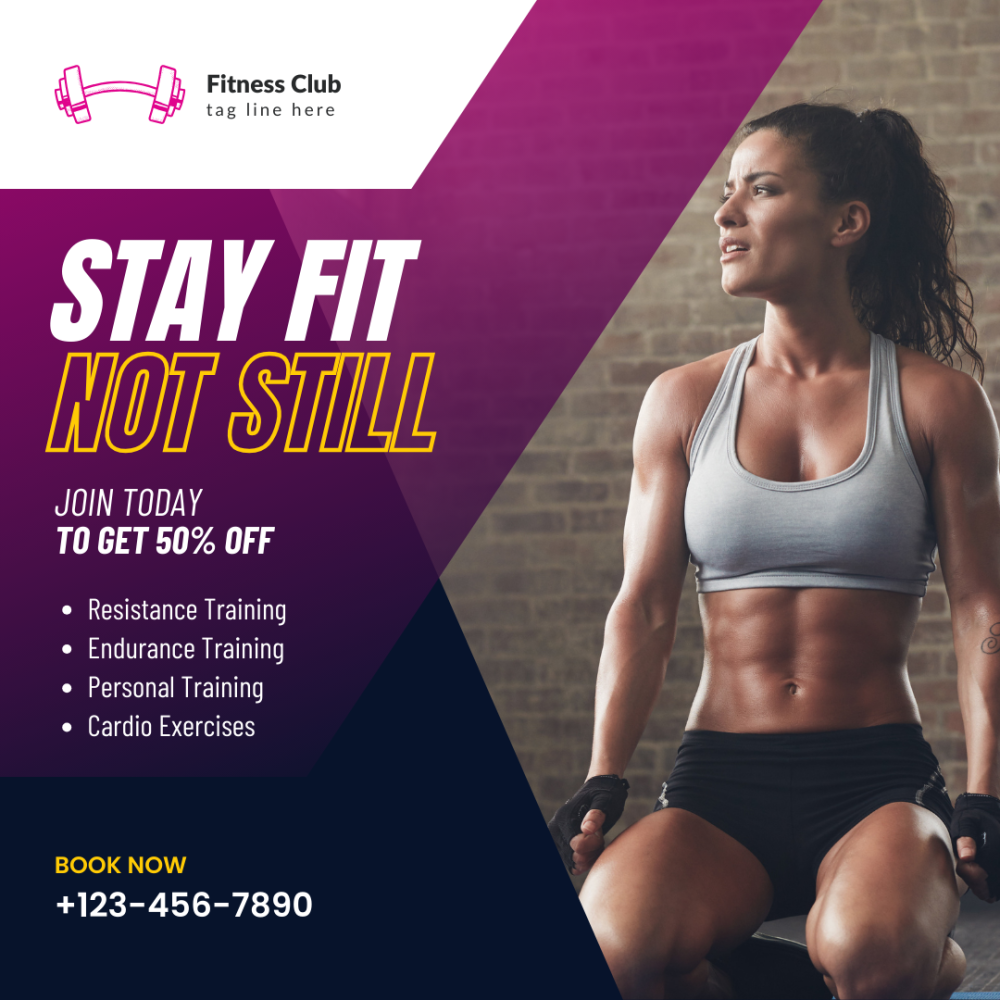
Growing your gym’s Facebook page can be done in two ways: for free or by paying.
You can grow your Facebook page and potentially gain thousands of followers simply by consistently posting high-quality content for the users over a period of time.
The good thing about this? It doesn’t cost anything.
The not-so-good thing? It can take ages to build up your following.
That’s where paid ads come in handy.
Without getting too technical, studies show that you can run Facebook ads to get people to click on your page for about $0.6 per click.
Then it becomes a numbers game.
So, that initial investment could start paying for itself after just a few months. Let us see how you can set up your fitness ads.
Create Your Ad Campaign
To begin, log into your Facebook Ads Manager account.
Once you’re in, look for the “Create” button, which is typically located near the top of the page.
Click on this button to initiate the process of creating a new ad campaign. From the options presented, select “Create a Campaign.”
This action will lead you to the campaign setup page where you’ll start configuring your fitness ad.
Define Your Campaign Objective
At this stage, you need to choose the primary goal of your gym ads campaign.
- Awareness: Increase brand recognition.
- Traffic: Drive visits to your website or event pages.
- Engagement: Boost likes, comments, and shares.
- Leads: Collect information from potential customers.
- App Promotion: Increase app downloads or usage.
- Sales: Drive conversions and sales.
Enable A/B Testing
A/B testing allows you to create multiple versions of your ad to see which performs better.
You can test different elements such as ad creatives (images or videos), ad copy, or even target audiences interested in personal training sessions.
By comparing the performance of these variations, you can identify what resonates best with your potential gym members and refine your advertising strategy accordingly.
To enable this feature, look for the “Create A/B Test” toggle and turn it on.
Install a Meta Pixel
The Meta Pixel is a piece of code that you place on your gym’s website.
It helps track conversions from Facebook ads, optimize ads based on collected data, build targeted audiences for future ads, and remarket to people who have already taken some kind of action on your website.
To install it, go to the Events Manager in your Facebook Business account, then follow the prompts to set up and install the Pixel.
Once installed, you can create custom conversions for specific actions you want to track, such as membership sign-ups or class bookings.
Customize Your Target Audience
Start by defining your audience based on demographics such as age, gender, and location. Then, narrow it down by selecting relevant interests like fitness, health, and workouts.
You can also target based on behaviors, focusing on people who have shown interest in gyms or fitness activities.
Additionally, consider creating a lookalike audience based on your existing customers.
This allows Facebook to find users who share similar characteristics with your current members, potentially increasing the relevance of your ads.
Define Your Ad Spend and Schedule
In this step, you’ll determine how much you want to spend on your ad campaign and when you want your ads to run.
You can set either a daily budget or a lifetime budget for your campaign. If you want your ads to run continuously, choose the daily budget option.
For campaigns with a specific timeframe, use the lifetime budget and set start and end dates. You’ll also need to select a bidding strategy.
The “lowest cost” option aims to get the most results for your budget, while “target cost” tries to keep your cost per result around a target amount.
Publish Your Ad
Choose an ad format that best showcases your gym - this could be a single image, video ads about your personal training services, or a carousel of multiple images.
Craft compelling ad copy that highlights what makes your gym unique, such as state-of-the-art equipment, expert trainers, or a supportive community.
Make sure to include a clear call-to-action that tells viewers what you want them to do next, such as “Sign Up Now” or “Get a Free Trial.”
Before publishing, review all elements of your ad to ensure everything is correct and aligns with your gym’s branding and message.
Once you’re satisfied, click the “Publish” button to set your ad live.
Start a Facebook Group

One major downside of having a Facebook page is that its organic growth is pretty limited.
In fact, as per this report, the average engagement rate of an organic Facebook post ranges from 2.58% down to just 1.52% in 2023.
Meaning if you are starting off right off the bat, you will very likely have to spend money on ads so that more users are shown content about your page.
This is why you need to diversify, and that’s where having a Facebook group comes into play.
If your goal is to build a brand that has a close connection with its followers and customers, then investing your time and energy into creating a Facebook group is worth the investment.
How to Start a Facebook Group:
- Create the Group:
- Go to your Facebook page and click on ‘Groups’
- Click ‘Create New Group’
- Name your group (e.g., “[Your Gym Name] Fitness Community”)
- Choose privacy settings (usually ‘Private’ for gym communities)
- Customize Your Group:
- Add a cover photo that represents your gym.
- Write a compelling description that explains the purpose of the group and what members can expect.
- Set rules to ensure a positive and respectful environment.
- Invite Members:
- Start by inviting your current gym members and social media followers.
- Encourage them to invite friends who might be interested in fitness.
The Importance of Having Your Community
A Facebook Group provides a digital space where your members can connect, support each other, and stay motivated between gym visits.
It’s a place where they can share their successes, ask questions, and receive quick responses from both staff and fellow members.
This sense of belonging can significantly boost member engagement and retention.
Read more about building a community on Facebook here.
Become a Local Hero
You can use your group to position your gym as a local fitness authority.
Consider naming it “Fitness Tips for [Your City]” to attract local fitness enthusiasts beyond your current membership.
Share information about local health events, post area-specific workout ideas like the best running routes in your city, and offer advice on staying fit in your local climate and environment.
This approach can help you become a valued resource in your local fitness community.
The key to a successful group is active engagement. Regularly post content, respond to questions, and foster discussions.
With time, your Facebook Group can become a valuable extension of your gym, enhancing member experience and loyalty.
Outsourcing vs. DIY: What’s the Best Choice for Your Facebook Campaigns?
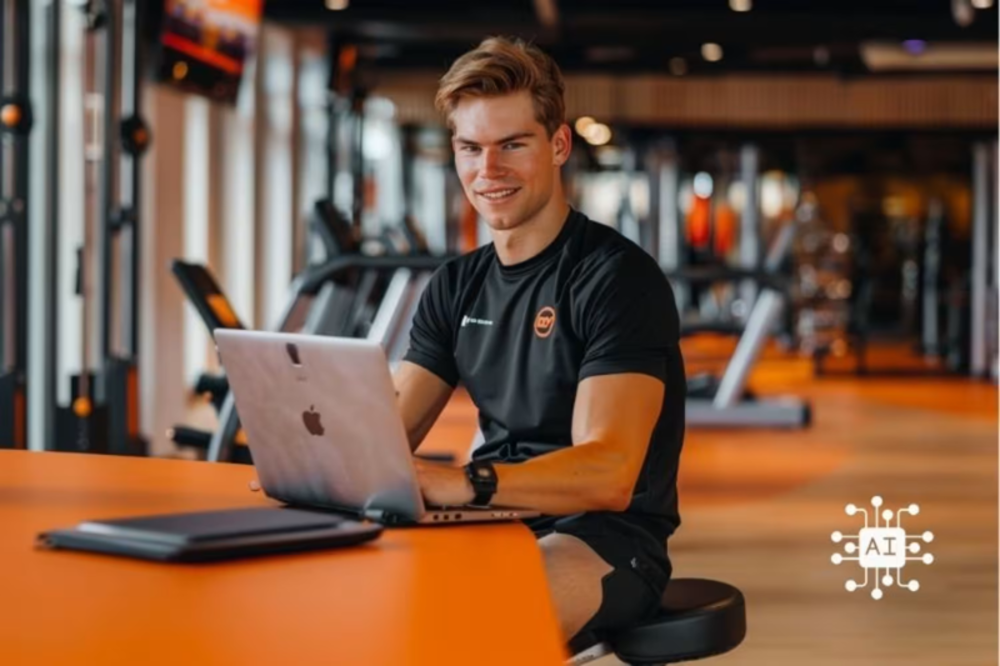
Outsourcing means hiring someone else to create effective Facebook ads,
This can be attractive because it saves you time. Professional marketers know a lot about making ads work well.
When you outsource, you can spend more time on other parts of your gym business.
You might focus on making your gym better for members or thinking about new services to offer.
The Problem With Outsourcing
The digital marketing industry, unfortunately, includes some less-than-reputable players.
These “lead cowboys” might promise extraordinary results but deliver disappointing outcomes.
Before you decide to hire one:
- Look at many different companies and compare them
- Check what their past clients say about them
- Read all the details in their contracts carefully
- Don’t believe promises that sound too good to be true
Sometimes, you’re paying for something you could learn to do on your own. Don’t let fancy marketing or pushy salespeople make you spend too much.
The DIY Approach is More Accessible Than You Think
Taking a do-it-yourself approach to Facebook ads might seem like a mountain to claim at first, but it’s become increasingly accessible over the years.
Facebook has invested heavily in making its ad platform user-friendly, with intuitive interfaces and step-by-step guides.
There are also numerous free resources available online, including video tutorials and comprehensive blogs, that can walk you through the process.
When you do it yourself:
- You gain direct control over every aspect of your ads, from budgeting to targeting to creative elements.
- You develop a deeper understanding of your gym’s audience on Facebook, which can inform other areas of your business.
- You can make real-time adjustments to your campaigns based on immediate feedback or changes in your gym’s offerings or promotions.
Making Use of Facebook’s AI Tools
Facebook uses artificial intelligence (AI) to help make ads work better. This makes it easier for anyone to run good ad campaigns.
For example, Advantage+ campaigns use AI to automatically show your ads to the right people at the right time.
These AI-powered tools can:
- Analyze vast amounts of data to identify the best times to show your ads
- Automatically adjust your targeting to reach people most likely to be interested in your gym
- Optimize your budget allocation across different ad sets to maximize results
Even if you are new to Facebook advertising, with the use of these AI tools, you can achieve solid results without needing to master all the intricacies of the platform.
Check out how you can use AI to maximize your gym’s revenue.
Making the Right Choice for Your Gym
There’s no perfect answer that works for everyone.
You might start by learning to do it yourself. Later, you could hire help for specific tasks as your gym grows.
Or you might decide your time is better spent on other things and get professional help from the start.
No matter what you choose, stay alert. If you hire someone, ask them lots of questions and make sure they’re doing a good job.
If you do it yourself, be ready to spend time learning and making your ads better.
Conclusion
As fitness business owners whether you choose to run ads yourself or hire someone to do it, the important thing is to get started.
Don’t be afraid to try different approaches and learn from your results.
Keep your gym’s goals in mind and focus on creating ads that speak to the people you want to reach.
With time and effort, you can build a strong presence on Facebook that brings more people through your gym’s doors.
Marketing on Facebook is an ongoing process, so stay patient and keep improving your strategies.
By following the steps in this guide and staying committed to your marketing efforts, you’re setting your gym up for success in the digital world.
